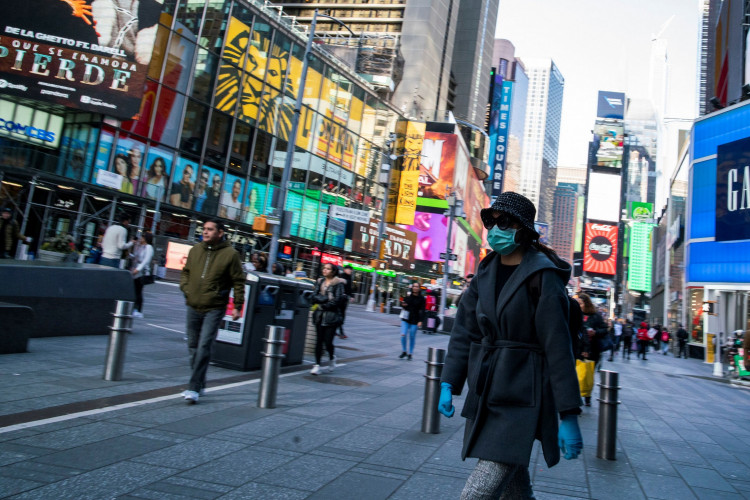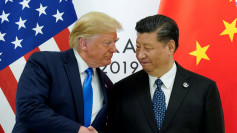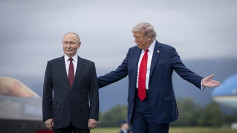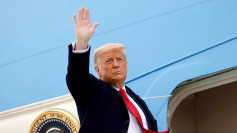The national emergency in the United States declared March 13 anticipates an 18 month-long struggle against COVID-19 with casualties in the tens of thousands.
A100-page federal government response plan dated March 13, the same day President Donald Trump declared a national emergency, revealed a frightening scenario about the widespread of COVID-19 in the United States and outlined corresponding responses. The federal responses will activate agencies across the government and employ special presidential powers to mobilize the private sector.
The plan envisions a pandemic that "will last 18 months or longer." This U.S. pandemic might also include "multiple waves," resulting in widespread shortages that will strain consumers and the fragile U.S. healthcare system.
The plan was the basis for Trump on Wednesday invoking the Defense Production Act (DPA) of 1950, a Korean War-era law that authorizes a president to take extraordinary action to force American industry to boost production of critical equipment and supplies. In this case, Trump invoked the DPA to boost production of ventilators, respirators, and personal protective equipment (PPE) for healthcare workers. Trump also announced the deployment of two U.S. Navy hospital ships -- the USNS Mercy and USNS Comfort -- off the coast of New York State to treat non-COVID-19 patients so state hospitals can focus on treating victims of this virus.
An executive order signed by Trump and issued Wednesday afternoon said Trump resorted to the DPA to obtain "health and medical resources needed to respond to the spread of COVID-19, including personal protective equipment and ventilators."
It also states Health and Human Services Secretary Alex Azar can consult with other agency heads to determine "the proper nationwide priorities and allocation of all health and medical resources, including controlling the distribution of such materials ... in the civilian market, for responding to the spread of COVID-19 within the United States."
Azar is responsible for issuing government purchase orders and contracts related to COVID-19. He can also "adopt and revise appropriate rules and regulations as may be necessary to implement" Trump's executive order.
The plans warn shortages of products "may occur, impacting health care, emergency services, and other elements of critical infrastructure. This includes potentially critical shortages of diagnostics, medical supplies (including PPE and pharmaceuticals), and staffing in some locations."
The plan also warned state and local governments, as well as critical infrastructure and communications channels will be stressed and potentially less reliable.
"These stresses may also increase the challenges of getting updated messages and coordinating guidance to these jurisdictions directly."
Much of the plan deals with the bureaucratic response to the pandemic. Among others, the plan outline coordination among agencies and actions like closing schools and canceling large events.
Washington pundits note Trump has done an about-face and is now increasing his efforts to curb the spread of the coronavirus. Trump shifted to a more serious and uncharacteristic tone during a news conference on Friday when he announced the national emergency.
But on Wednesday, Trump falsely claimed he'd seen the outbreak as a pandemic from the start despite overwhelming evidence he considered the disease nothing more than a nuisance that would dwindle to zero in a few months.
"While the administration's response has so far lacked the urgency this crisis has called for, there are still steps you can take to mitigate the damage," said Sen. Bob Menendez (D-NJ) wrote in a letter to Trump. "Invoking the powers vested in the DPA will enable the federal government to step up and take the type of aggressive steps needed in this time of uncertainty."






